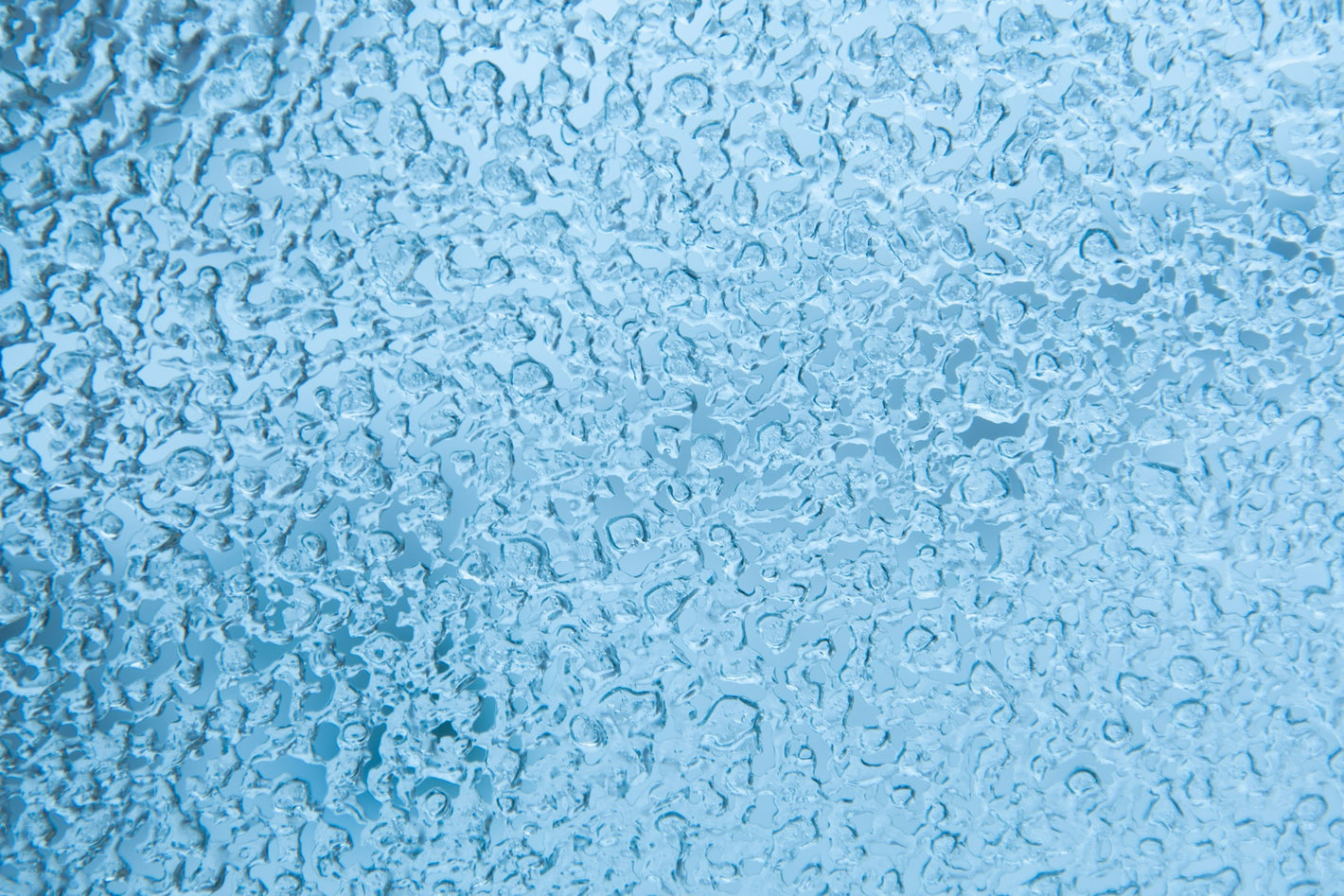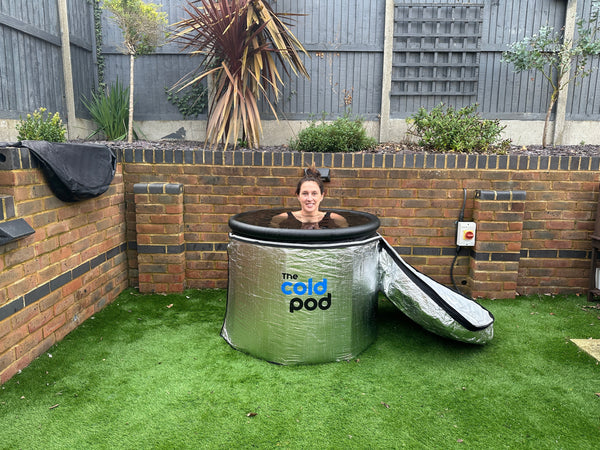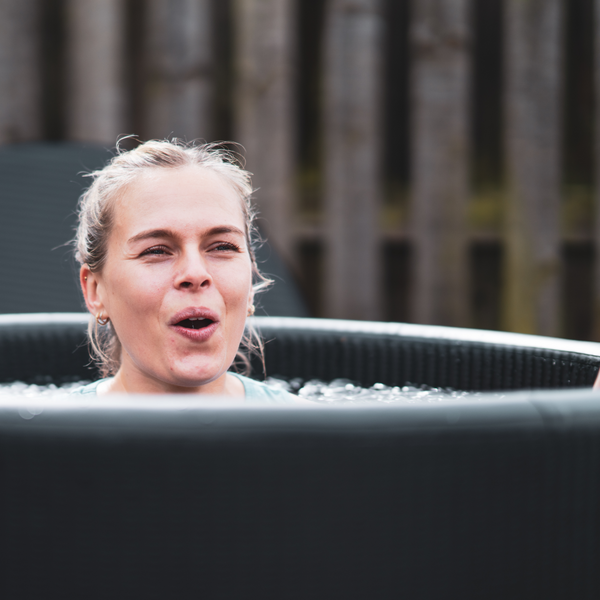Introduction
Do you wish to go beyond your mental and physical limitations? The realm of cold-water immersion can now be explored! Amazing advantages of cold-water bathing will help you reach new heights of physical and emotional well-being. Discover the transforming benefits on mental health, the science behind cold water therapy, and the tricks to making the most of your ice bath experience.
The Science Behind It
People have employed cold water therapy for its healing properties for centuries. The science behind it has been extensively studied and recorded. This is true whether you are immersing yourself in an ice tub or having a cold shower after working out. Vasoconstriction, or the narrowing of blood vessels, is a process that occurs when the body is exposed to cold water. This reaction raises heart rate and blood pressure, which temporarily reduces blood flow.
Vasoconstriction is known to temporarily reduce blood flow, which has an anti-inflammatory and pain-relieving impact. Cold water can assist reduce swelling and inflammation in muscles and joints and possibly aid to relieve pain by restricting the blood vessels. Additionally, cold water therapy helps enhance the flow of blood and oxygen throughout your body.
Cold bathing has benefits on the body that go beyond simple physical healing. It has been demonstrated that exposure to cold water increases the brain’s creation of mood-enhancing compounds like endorphins. This effect contributes to the explanation of why cold-water treatment practitioners frequently report feeling happier, more alert, and more focused than nonusers.
The Physical Benefits
While it may seem counterintuitive to submerge your body in freezing water, the physical benefits of this practice have been proven by numerous studies. Here are some of the ways icy plunges can improve your physical well-being:
- Reduced Muscle Inflammation and Pain: After a workout, your muscles can become inflamed and painful. The act of cold dipping helps to reduce inflammation and alleviate muscle soreness by constricting blood vessels and flushing out waste products like lactic acid.
- Speeds up Recovery Time: When your muscles are inflamed, they take longer to recover. By reducing inflammation and promoting blood flow, ice bathing can speed up recovery time between workouts, allowing you to train harder and more often.
- Improved Circulation: Immersing yourself in ice-cold water causes blood vessels to constrict and then dilate when you warm up, which can improve blood circulation. This can help deliver vital nutrients and oxygen to your muscles and organs, promoting overall health.
- Boosts Immune System: Studies show that regular exposure to cold temperatures can stimulate the production of white blood cells, which help fight off infection and boost your immune system.
- Aids in Weight Loss: When you expose your body to cold temperatures, it works harder to maintain its core temperature, which can burn calories and aid in weight loss.
Incorporating cold plunges into your fitness routine can provide numerous physical benefits. However, it’s essential to prepare properly and take precautions, such as consulting with a medical professional, gradually building up your tolerance to cold water, and always having a buddy present.
The Mental Benefits
While many people are aware of the physical benefits, such as reducing inflammation and muscle soreness, few people realise the mental benefits that come with cold water therapy.
One of the most significant benefits of taking cold baths is their ability to reduce stress and improve mental clarity. When your body is submerged in freezing water, your brain sends out a signal to release endorphins, the body’s natural painkillers and mood elevators. This natural high can help alleviate symptoms of anxiety and depression, leaving you feeling calmer and more centred.
Cold-water immersion can also boost your immune system and improve overall health, leading to a more positive outlook on life. By exposing your body to extreme cold, you stimulate the production of white blood cells, which play a critical role in fighting off infections and diseases. This increased immunity can translate to increased feelings of happiness and well-being.
Finally, ice baths are an excellent tool for building mental toughness and resilience. By willingly exposing yourself to uncomfortable and challenging situations, you can strengthen your mind and learn to manage stress more effectively. This mental fortitude can help you better handle life’s challenges and approach them with a more positive and productive attitude.
Preparing for Your Ice Bath Experience
Before jumping into an ice tub, it’s important to prepare your body and mind for the cold shock. Here are some tips to help you make the most of your experience:
- Hydrate: Drink plenty of water before and after your session to keep your body hydrated and help it adjust to the cold.
- Dress appropriately: Wear warm clothing and socks before your dip to help retain body heat. During your ice bath experience wear a hat and after the bath, wear dry, warm clothes to prevent hypothermia.
- Breathe: Practice deep breathing exercises to help you relax and prepare for the cold shock.
- Find a comfortable setting: Choose a peaceful, private location where you won’t be disturbed during.
- Start slow: Begin with a short immersion time and gradually increase it as your body adjusts to the cold.
- Have a warm drink ready: Sipping on a warm beverage after your icy dip can help restore your body’s core temperature and prevent hypothermia.
Remember to always listen to your body and stop if you feel uncomfortable or experience any pain. With the right preparation and mindset, ice baths can provide transformative benefits for both your physical and mental health.
Maximising Your Experience
Now that you are aware of the benefits and how to be prepared for them, let’s discuss how to maximise your ice bath experience.
- Choose the Correct Temperature: The water should be between 10 and 15 degrees Celsius in temperature. While not being unbearably cold, you want it to be chilly enough to get the benefits of cold-water therapy. If you’ve never had an ice bath before, start with a warmer temperature and reduce it as you get more accustomed to it.
- Schedule Your Session: A session should last 5 to 10 minutes at the most. Your body will experience a number of physiological changes at this time. It’s crucial to pay attention to your body and gradually lengthen your duration in the tub as time goes on.
- Breathe Through the Pain: As your body gets used to the cold temperature of the ice bath, it’s normal to experience some pain. To control how your body reacts to the cold, concentrate on your breathing, and take slow, deep breaths. It’s okay to cut your session short or exit the ice bath entirely if you feel excruciating pain.
- Move about: You can keep your body warm and increase blood flow by wiggling your toes, stretching your arms and legs, and performing some simple exercises. Just be mindful to avoid slipping and hurting yourself.
- Hydrate and refill: It’s important to hydrate and replenish your body after your ice bath session. Drink a lot of water and consume a protein- and carbohydrate-rich snack or small meal. Your body will recuperate and experience less soreness as a result.







